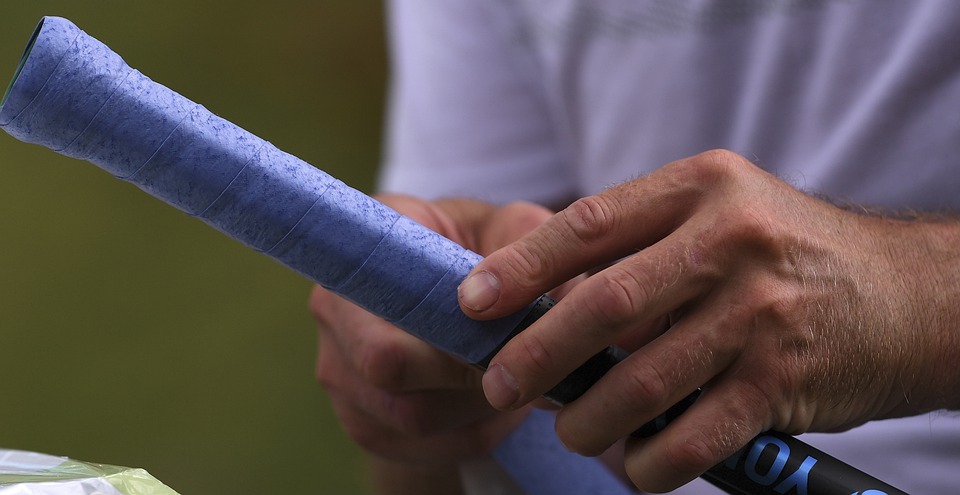Do you have a bad case of cabin fever? If so, you’re definitely not alone.
After all, as the weather warms up, more and more people are itching to get outside to enjoy their favorite outdoor activities.
When it comes to popular springtime sports, it’s hard to beat tennis. If you’re a beginner, you’ve come to the right place for advice. This article takes a look at the basics of tennis grips that will help you make the most of your swing.
Keep reading to get the inside scoop.
Continental Grip
Let’s start with the basics. The four types of forehand grips will introduce you to how to maximize power as your ticket makes contact with the ball.
The first forehand tennis grip you should get to know is the Continental grip. This is the grip taught to beginners and can be used for both forehand and backhand swings. And it’s the perfect grip to use when you’re first learning the fundamentals of the game because it helps keep the racket in the neutral position.
For this grip, the knuckle of your index finger needs to be placed above the bevel of the racket. In other words, your hand should look like you’re ready to shake hands with someone.
Eastern Forehand Grip
Next up is the Eastern Forehand grip, which is useful for hitting the ball a little. The key to this grip is to start with the Continental grip, and then rotate a single knuckle rotation to the right for right-handed players.
In other words, your knuckle should be placed over bevel 3 instead of bevel 2.
Keep in mind that the face of the racket will be nearly straight up and down when it makes contact with the ball.
Western Forehand Grip
Now let’s discuss the Western Forehand grip. This grip is very effective at generating extreme topspin, especially when the player has great follow-through on their swing.
The key to the grip is to hold the racket at the 5th bevel so that the racket head will be closed at the point of contact with the ball.
Keep in mind that the Western Forehand grip is typically only used by advanced players.
Semi-Western Forehand Grip
For this grip, hold the racket with your knuckled above bevel 4. As you swing, the racket’s face should be pointing down just a bit as you make contact with the tennis ball. This grip is recommended for intermediate and advanced players and enables you to put a slight topspin on the ball.
Eastern Backhand Grip
The Eastern Backhand grip requires placing your knuckle above bevel 1. This grip enables you to hit the ball flat much like the Continental grip.
Semi-Western Backhand Grip
The next backhand grip is the Semi-Western Backhand. Placing your knuckle above bevel 8, this grip generates topspin and enables the racket face to be pointing slightly downward as you make contact with the ball.
Two-Handed Backhand Grip
This grip has increased in popularity over the last decade and requires holding the grip on bevel 7 or 8 with one hand while using the other hand to grip the handle at bevel 2.
Here’s more information on mastering the two handed backhand grip.
A Beginner’s Guide to Tennis Grips
Becoming great at tennis isn’t easy. Fortunately, this guide to the most common tennis grips will help you get started.
Keep scrolling to discover more great sports-related tips and advice on this blog.

